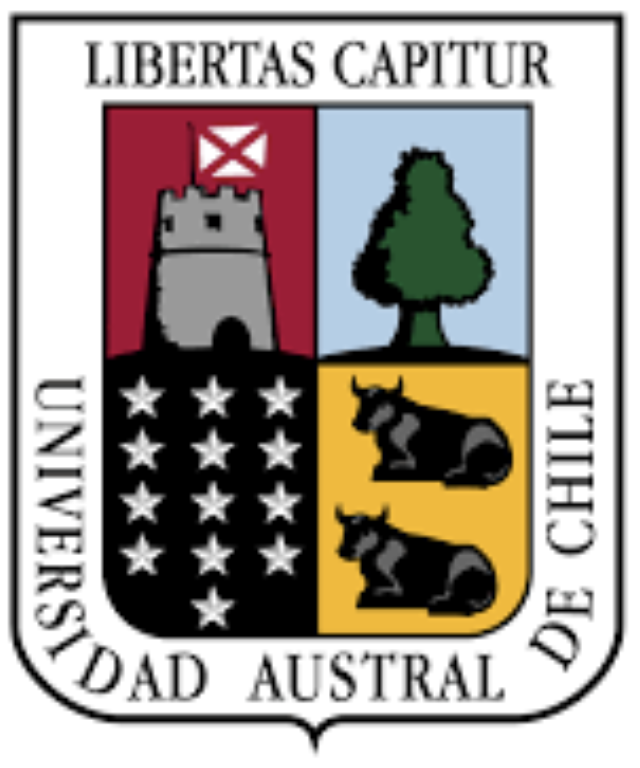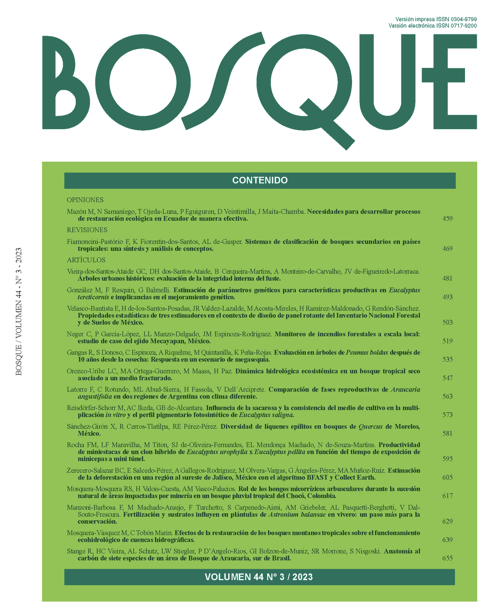Main Article Content
Nov 29, 2023
Abstract
Eucalyptus saligna is one of the most cultivated species of the Eucalyptus genus for reforestation in southern Brazil as a result of genetic improvement programs to obtain clonal plantations of superior genotypes. Among the main vegetative propagation methods for recalcitrant genotypes, there is the micropropagation, which is not economically viable on large scales because of the high costs of culture media. This work aimed to test culture medium factors to reduce production costs. We tested four sucrose concentrations and two culture medium consistencies of in vitro multiplication of E. saligna and analyzed its photosynthetic pigment profile. Nodal segments of 2 cm were introduced in a Murashige and Skoog medium supplemented with 0, 15, 30, and 45 g L-1 of sucrose at two different medium consistencies: semi-solid (7.5 g L-1 of agar), and liquid with a spherical solid support. The experiment was completely randomized, with eight treatments in factorial scheme and four repetitions of 10 explants each. After 30 days, the mortality rate, number of shoots per explant, average shoot length, chlorophyll a, b, and total chlorophyll content were measured. The explants’ survival and multiplication rates were higher in the semi-solid medium, while the liquid medium with support was inefficient. The increase in sucrose concentration favored the formation of shoots, but there was no statistical difference between the treatments supplemented with sucrose concentrations of 15, 30, and 45 g L-1. The higher sucrose concentration promoted significantly less chlorophyll content in the semi-solid medium.
Downloads

This work is licensed under a Creative Commons Attribution-NonCommercial 4.0 International License.


